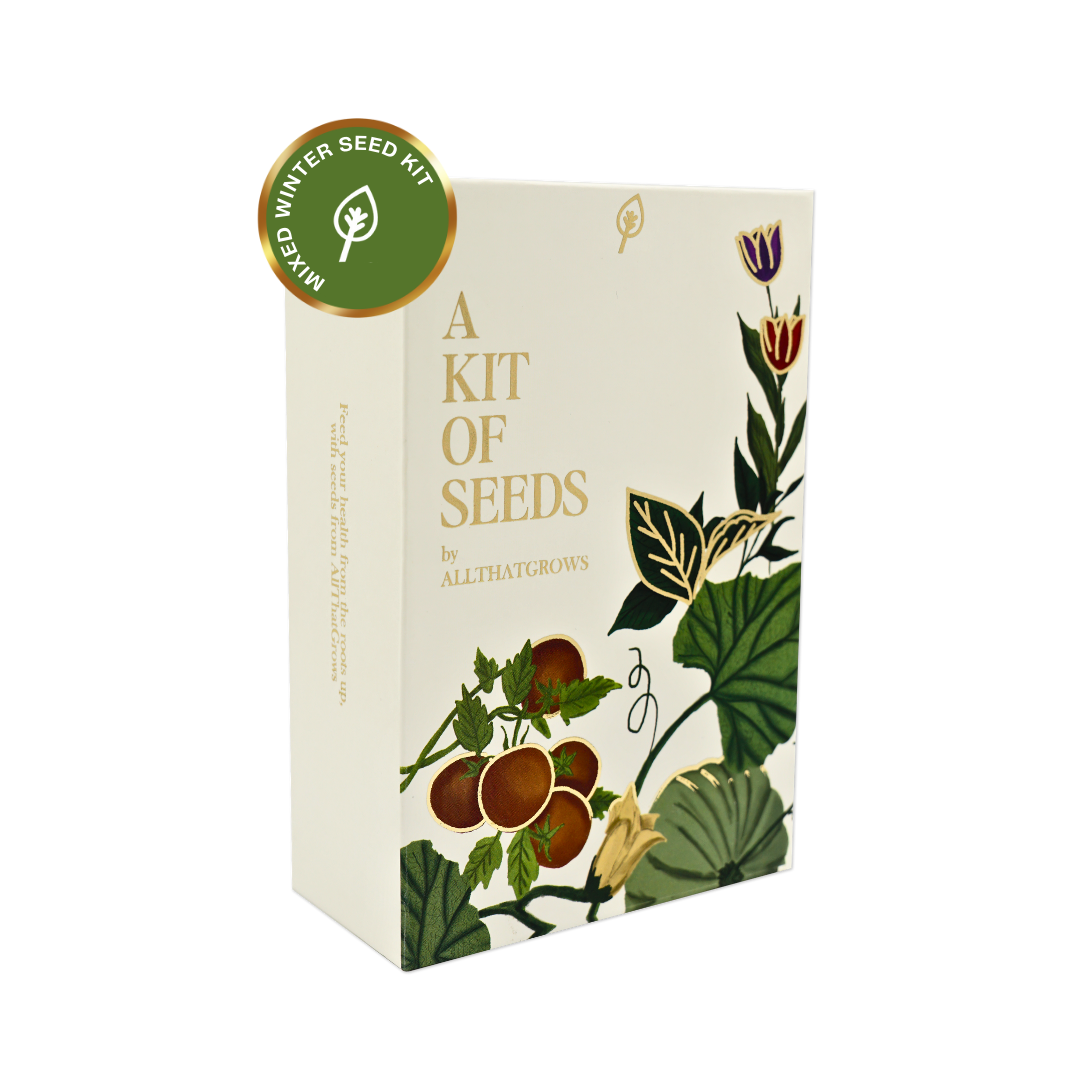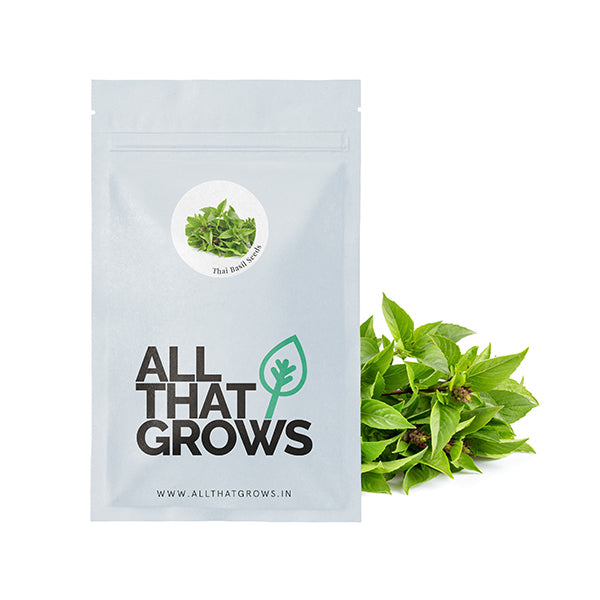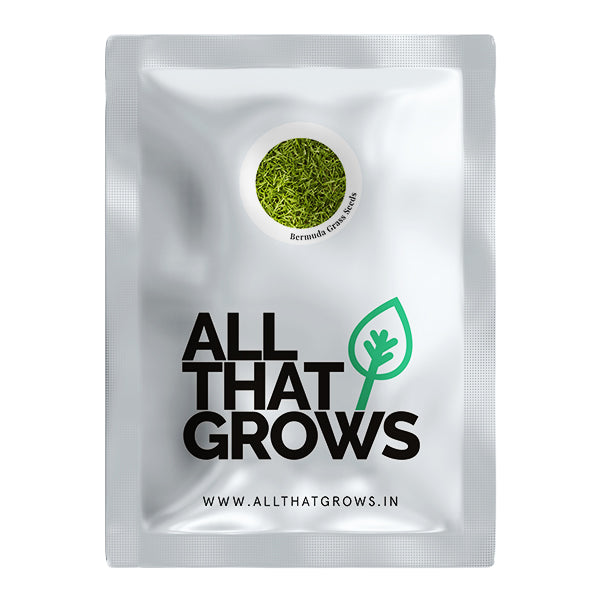How to Prevent Mould on Microgreens
Previous PostMould, a word all our home gardeners and professional microgreen growers dread. And rightly so.
Once a batch of microgreens starts growing mould, they are not good enough for consumption and must be discarded or composted altogether with the layer of soil that has mould. Although microgreens are a nutrient-rich, delicious addition to our diets, mould growth can be a common issue for amateur or professional growers. Knowing how to identify, prevent, and deal with mould ensures healthier and more enjoyable yields. Here’s how you can prevent mould on your microgreens.
What is Mould on Microgreens and Where Does It Grow Exactly?

Mould on microgreens is a type of fungus that thrives in damp, warm, and poorly ventilated environments. It usually appears as fuzzy, white patches and can grow on the surface of the soil, on seed husks, and even on the stems of the microgreens themselves. Moisture is the main factor for its growth.
Identifying Mould: Root Hair vs Mould

After germination, microgreens often produce fine, white root hairs, which can sometimes be mistaken for mould. These root hairs grow directly from the root tips and typically disappear when watered. In contrast, mould forms in irregular patches and is commonly accompanied by a musty smell. To accurately identify mould, look for fuzzy, persistent patches that do not respond to water application.
Causes Why Microgreens May Develop Mould

1. Old Seeds and Poorly Stored Seeds
Using old or improperly stored seeds can result in weaker germination and increased susceptibility to mould. Always purchase seeds from reputable suppliers and store them in a cool, dry place to maintain their viability.
2. Overcrowded Seeds
Planting too many seeds in a small area restricts airflow and creates moisture pockets, encouraging mould growth. Opt for moderate sowing densities to ensure proper ventilation and healthier growth.
3. Contaminated Growing Supplies
Dirty growing trays, potting mix, and water may introduce pathogens that promote mould growth. Clean your trays and tools thoroughly and use a sterilised potting mix and clean water for each batch of microgreens.
4. Overwatering
Excessive watering creates a waterlogged environment ideal for mould. Ensure you maintain an appropriate moisture balance in the growing medium by monitoring water levels and only watering as needed.
5. Lack of Direct Light After Blackout Phase
Once the blackout phase ends, microgreens need adequate light exposure to prevent excess moisture buildup and mould. Place your trays in a bright location with good light penetration.
6. Poor Air Circulation
Stagnant air can cause moisture to linger, fostering mould growth. Ensure proper air circulation around your microgreens by placing trays in a well-ventilated area or using a fan if necessary.
7. Temperature and Humidity Conditions
High temperatures and humidity levels can increase the risk of mould. Try to maintain moderate temperatures and control humidity levels with a dehumidifier if required.
Can You Remove Mould from Microgreens?

Unfortunately, mouldy microgreens are not safe to consume. If you discover mould, it’s best to discard the batch. Clean and disinfect your trays thoroughly with hydrogen peroxide or vinegar and reassess your growing conditions to prevent future mould growth.
Tips on Preventing Mould in Microgreens

Preventing mould on microgreens requires a combination of good hygiene, optimal growing conditions, and careful practices. Here are detailed tips to help you keep your microgreens mould-free:
1. Buy Good Quality Microgreen Seeds
Start your microgreen journey with high-quality seeds from a reputable supplier. Low-quality or old seeds can be weaker, more prone to disease, and less likely to thrive. Check seed packaging for expiration dates and ensure proper storage in a cool, dry place to maintain seed viability.
2. Avoid Sowing Too Densely
Sowing too many seeds in one tray increases competition for light, water, and air circulation, creating an environment conducive to mould growth. Follow recommended sowing guidelines for each microgreen type, ensuring even spacing and adequate room for healthy airflow. A well-spaced batch of microgreens allows air to move freely, reducing excess moisture and preventing mould.
3. Disinfect the Growing Supplies
Always clean and disinfect growing trays, containers, and tools before each planting cycle. Soak trays in a solution of water and mild bleach or use an organic disinfectant to kill any lingering pathogens. Proper sanitation minimises the risk of reintroducing contaminants to new batches.
4. Use Clean Water
Ensure that you use fresh, clean water when watering microgreens. Contaminated water can introduce harmful bacteria and mould spores. If you suspect water quality issues, consider using filtered or distilled water to reduce potential risks.
5. Check the Growing Mix for Contamination
Your growing medium, such as soil or coir, should be sterile and free from contaminants. Use high-quality potting mix, and if reusing soil, ensure it is sterilised to kill potential pathogens. This practice prevents the introduction of mould spores that can compromise your crops.
6. Practice Bottom Watering
Rather than watering from above, consider bottom watering your microgreens by placing the tray into a shallow dish of water. This approach minimises excess moisture on the stems and leaves, reducing the chance of mould development on the plant's surface. Allow the soil to absorb water and remove excess to maintain balanced moisture levels.
7. Maintain Good Air Circulation
Adequate air circulation is crucial for keeping mould at bay. Place trays in a well-ventilated space to ensure airflow around the microgreens. Using a small fan on a low setting can further promote air movement and discourage stagnant moisture build-up.
8. Control Excess Humidity with a Dehumidifier
High humidity levels can create a damp environment where mould thrives. If your growing area is particularly humid, consider using a dehumidifier to maintain optimal moisture levels. Keeping humidity under control prevents mould from taking hold while encouraging healthy growth.
By implementing these practices, you can create an ideal growing environment that promotes strong, healthy microgreens and minimises the risk of mould. Regular monitoring, good hygiene, and attention to environmental factors are key to your success! Happy growing!



















Leave a comment